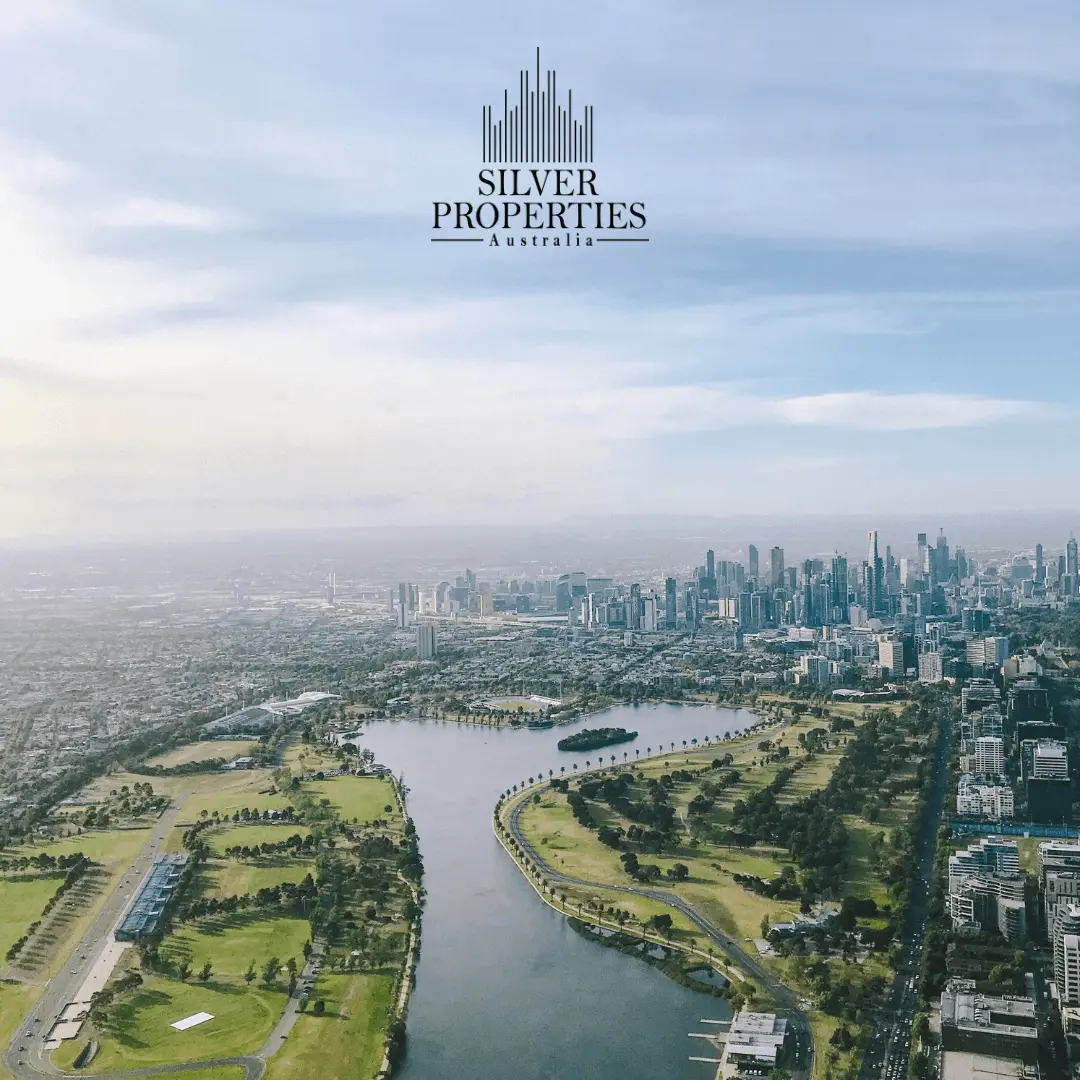In the dynamic landscape of urban development, Melbourne, a burgeoning metropolis, has seen its fair share of transformations that have shaped not just its skyline but also the lives of its inhabitants. Among these transformative forces, transportation developments stand out for their profound impact on the city’s connectivity, livability, and economic prospects. This article delves into the evolution of Melbourne’s transportation and its profound implications for investment opportunities within the city.
Melbourne’s Transportation Evolution
Melbourne’s transportation narrative is one of ambition and foresight, characterized by its extensive tram network, the largest in the world, which has become a symbol of the city’s identity. Recent years have seen the Victorian Government embark on significant projects, such as the Metro Tunnel, aiming to streamline public transport and reduce congestion in the city center. Additionally, the commitment to a Suburban Rail Loop exemplifies visionary planning that seeks to connect suburbs directly, promoting a shift away from car dependency and fostering a more sustainable urban ecosystem.
The enhancement of Melbourne’s airport infrastructure, including the decision to proceed with the Melbourne Airport Rail Link, underscores the city’s aspirations to bolster its standing as a global and accessible metropolis. These transportation projects not only improve the immediate convenience of travel but signal Melbourne’s readiness to accommodate future growth and demands. Furthermore, the expansion and modernization of road networks, through initiatives such as the West Gate Tunnel project, reflect an overarching strategy to enhance connectivity across the city’s sprawling landscape.
This continuum of transportation advancements showcases a strategic approach to urban planning, prioritizing accessibility, sustainability, and the quality of life for Melbourne’s residents. By integrating innovative transportation solutions, Melbourne is not just addressing current mobility challenges but is also laying the groundwork for a more connected and efficient future.
Investment Impacts and Opportunities
The proliferation of transportation infrastructure in Melbourne has catalyzed a ripple effect across various sectors, particularly in real estate and commercial investments. Enhanced accessibility and reduced travel times invariably boost the attractiveness of suburbs, particularly those previously considered peripheral. This phenomenon has sparked a surge in residential and commercial property values in areas surrounding new or upgraded transport hubs, presenting lucrative opportunities for investors and developers.
Moreover, the strategic development of transportation networks has prompted the emergence of new business districts and commercial hubs, decentralizing economic activity from the traditional CBD. This decentralization encourages a more equitable distribution of development benefits and opens up new vistas for investment in commercial real estate, retail, and services sectors. Such shifts not only diversify Melbourne’s economic base but also promote a more balanced urban development pattern.
Furthermore, the focus on sustainable and efficient transportation solutions aligns with growing environmental consciousness and the demand for greener, smarter city solutions. Investors are increasingly drawn to projects and developments that promise not only financial returns but also environment-friendly credentials. This trend towards sustainability is likely to shape future investment strategies, favoring initiatives that support Melbourne’s vision of a more connected and sustainable urban future.
The evolution of Melbourne’s transportation infrastructure is more than just a tale of urban modernization; it is a critical driver of the city’s economic vitality and attractiveness to both residents and investors. As Melbourne continues to navigate the challenges of growth and sustainability, the strategic expansion and innovation in its transport systems offer valuable lessons and opportunities. For investors, staying attuned to these developments is essential for identifying emerging prospects and contributing to the city’s prosperity.
Key Takeaways
- Melbourne’s extensive transportation developments, including the Metro Tunnel, and Suburban Rail Loop, have significantly enhanced city connectivity and sustainability.
- These projects have created a positive impact on real estate values, especially in areas close to new or improved transport links, offering attractive investment opportunities.
- The shift towards sustainable transport and decentralization of business districts is creating new investment fronts in commercial real estate and eco-friendly projects.
FAQs
1. How has Melbourne’s transportation evolution impacted its real estate market?
Enhanced transport connections have increased the value of properties near new or upgraded infrastructure, attracting more investors to these areas.
2. What investment opportunities have arisen from Melbourne’s transportation projects?
Opportunities in residential and commercial property, especially near transport hubs, and investments in new business districts and sustainable projects.
3. Are there any benefits for investors focusing on sustainable transportation developments?
Yes, there’s a growing market demand for eco-friendly and sustainable living spaces, making investments in such developments increasingly lucrative.
4. How does the Suburban Rail Loop influence Melbourne’s urban landscape?
It promotes a shift away from car dependency, enhances connectivity between suburbs and the CBD, and encourages balanced urban development.
5. Will the Melbourne Airport Rail Link affect commercial property investments?
Absolutely, it’s expected to boost commercial investments around the airport and along the rail link’s corridor by enhancing accessibility.
6. How important is the location in response to transportation developments for investment?
Location is crucial; properties near transport upgrades tend to appreciate in value and offer higher rental yields.
7. Can transportation developments influence the growth of new business districts?
Yes, they can decentralize economic activity from the CBD, leading to the growth of new commercial hubs and investment opportunities.
8. What are the risks of investing in areas with new transportation projects?
Investment risks include potential project delays or changes in infrastructure plans, impacting anticipated growth in property values.
9. How does Melbourne’s focus on sustainability impact investment decisions?
Investors are increasingly favoring sustainable and environmentally friendly projects, aligning with consumer preferences and government policies.
10. What future transportation developments are critical for Melbourne’s investment landscape?
Future developments, like continued expansion of the tram and rail networks, and focus on sustainable urban projects, will be key for investment growth.


Leave a Reply